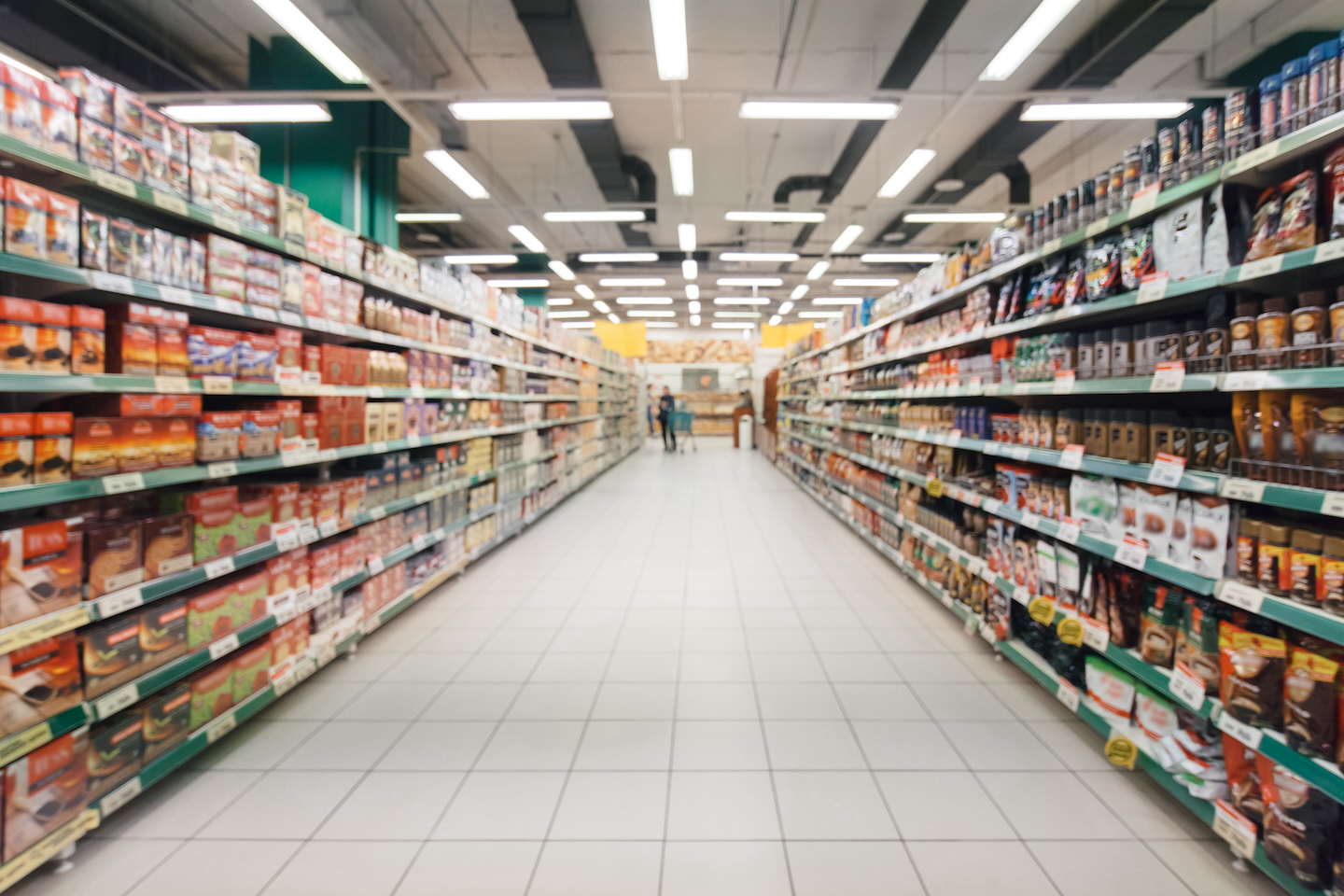How Do People’s Experiences of Inflation Differ?
Harvard Business School
The Issue:
Inflation rates are among the most closely watched economic statistics, but, as with many statistics that attempt to capture what is happening throughout the economy, aggregate measures mask important particulars. Measuring inflation requires simplifying assumptions about the basket of goods that a typical consumer purchases in a given month as well as eliding demographic differences and distinctions within product categories. Looking closely at prices within disaggregated product groups and using high-frequency online price data helps to reveal the nuances underneath monthly inflation numbers and how the experience of rising prices differs across groups of people.
Aggregated inflation data may not accurately represent the experiences of specific subgroups, such as low-income or rural families.
The Facts:
- The Bureau of Labor Statistics (BLS) reports monthly price and inflation data based on a sample of about 80,000 products and services. The widely reported headline inflation statistic represents the percentage change of a representative basket of goods purchased by urban consumers. BLS collects prices once a month from both physical stores and online listings. Products and services are weighted to reflect the estimated share of spending by an average urban consumer for each category. This means that price changes in a major category, such as food or shelter, have a greater effect on the overall inflation statistic than equivalent changes in a category that represents a smaller share of people’s budgets, such as apparel or new vehicles.
- Aggregated inflation data may not accurately represent the experiences of specific subgroups, such as low-income or rural families. The sample of 80,000 goods and services is selected to reflect the spending patterns of a nationally representative consumer living in an urban area. However, specific subgroups may have distinct spending patterns that do not conform to this average. For example, low-income consumers devote a far larger share of expenditures to food than their wealthier counterparts and there have been calls for estimating separate price indexes by income categories. There is also variation in consumer choice within product categories; low-income consumers are more likely to purchase the cheaper version of a given product while wealthier consumers may purchase a premium variety.
- Changes in consumption with the onset of the COVID pandemic illustrate how differences in purchasing patterns can affect estimated inflation. In the first months of the pandemic, lockdowns and voluntary movement restrictions produced distinct changes in consumer spending patterns, including changes in categories with high weights in the aggregate index such as food and fuel. Stay-at-home orders meant that consumers were spending more on groceries and far less on food away from home, including food from restaurants and cafeterias. Consumers worldwide were also spending far less on travel and fuel, and this caused fuel prices to plummet. As a result, the actual average expenditure share for food increased substantially while the expenditure share for fuel decreased. But the reported inflation statistics continued to assume pre-pandemic expenditure shares. In my analysis of COVID-era expenditure baskets, I find that in May 2020 the actual inflation faced by the average urban household that reflected a shift in its purchases was 1.02% but the official report of inflation based on pre-pandemic buying patterns was 0.13%. There was also a marked difference in inflation faced by different income groups; the inflation rate was 1.12% for low-income households and 0.57% for high-income households.
- High-frequency online price data show that supply shortages were an important factor in rising inflation during and after the pandemic. There is debate on whether the post-pandemic inflation was reflecting supply constraints or heightened demand arising from government support of individuals and businesses. Disaggregated data offers insights. We analyzed daily data for nearly 2 million products collected from the websites of 70 large retailers in 7 countries. We focused on stockouts, situations where goods were no longer available in grocery stores and online marketplaces. We found that spikes in stockout rates were associated with inflation. In the U.S., an increase in a stockout rate from 10% to 20% raised annualized monthly inflation by about 1.5 percentage points. This effect lasts an average of two to three months. Stockout rates improved after the first months of the pandemic, but worsened dramatically in the first half of 2022, especially for food and beverages.
What this Means:
Reported inflation statistics receive wide attention but it is important to realize that these aggregate numbers can mask important differences across people’s experience of price increases depending upon what goods and services they actually purchase. Recognizing this, a report by the National Academies of Sciences calls for estimating separate price indexes by income categories. Differences between reported and experienced inflation can also differ across time periods, as was seen due to the difference in buying patterns before and during the COVID pandemic. Online data on particular goods is becoming more accessible and available, such as the data collected by PriceStats, a company I co-founded. This data offers the opportunity to employ new methods to calculate inflation feasible for the first time. The fact that these data are available on a daily basis, rather than the lagged monthly statistics from BLS, is important for understanding current conditions and to have policy respond appropriately.
Editors Note: This memo is drawn from the EconoFact Chats podcast New Insights from a Billion Prices, as well as other work by the author.
Topics:
InflationLike what you’re reading? Subscribe to EconoFact Premium for exclusive additional content, and invitations to Q&A’s with leading economists.

